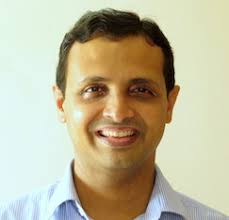ABOUT THE COURSE :
The automatic analysis and understanding of images and videos, a field called Computer Vision, occupies significant importance in applications including security, healthcare, entertainment, mobility, etc. The recent success of deep learning methods has revolutionized the field of computer vision, making new developments increasingly closer to deployment that benefits end users. This course will introduce the students to traditional computer vision topics, before presenting deep learning methods for computer vision. The course will cover basics as well as recent advancements in these areas, which will help the student learn the basics as well as become proficient in applying these methods to real-world applications. The course assumes that the student has already completed a full course in machine learning, and some introduction to deep learning preferably, and will build on these topics focusing on computer vision.
INTENDED AUDIENCE : Senior undergraduate students + post-graduate students
PREREQUISITES : - Completion of a basic course in Machine Learning
- (Recommended, but not mandatory) Completion of a course in Deep Learning, or exposure to topics in neural networks
- Knowledge of basics in probability, linear algebra, and calculus
- Experience of programming, preferably in Python
If you are unsure whether you meet the background requirements for the course, please look at Assignment 0 (both theory and programming). If you are comfortable solving/following these assignments, you are ready for the course.
INDUSTRIES SUPPORT : All companies that use computer vision for their products/services (Microsoft, Google, Facebook, Apple, TCS, Cognizant, L&T, etc)

DOWNLOAD APP
FOLLOW US